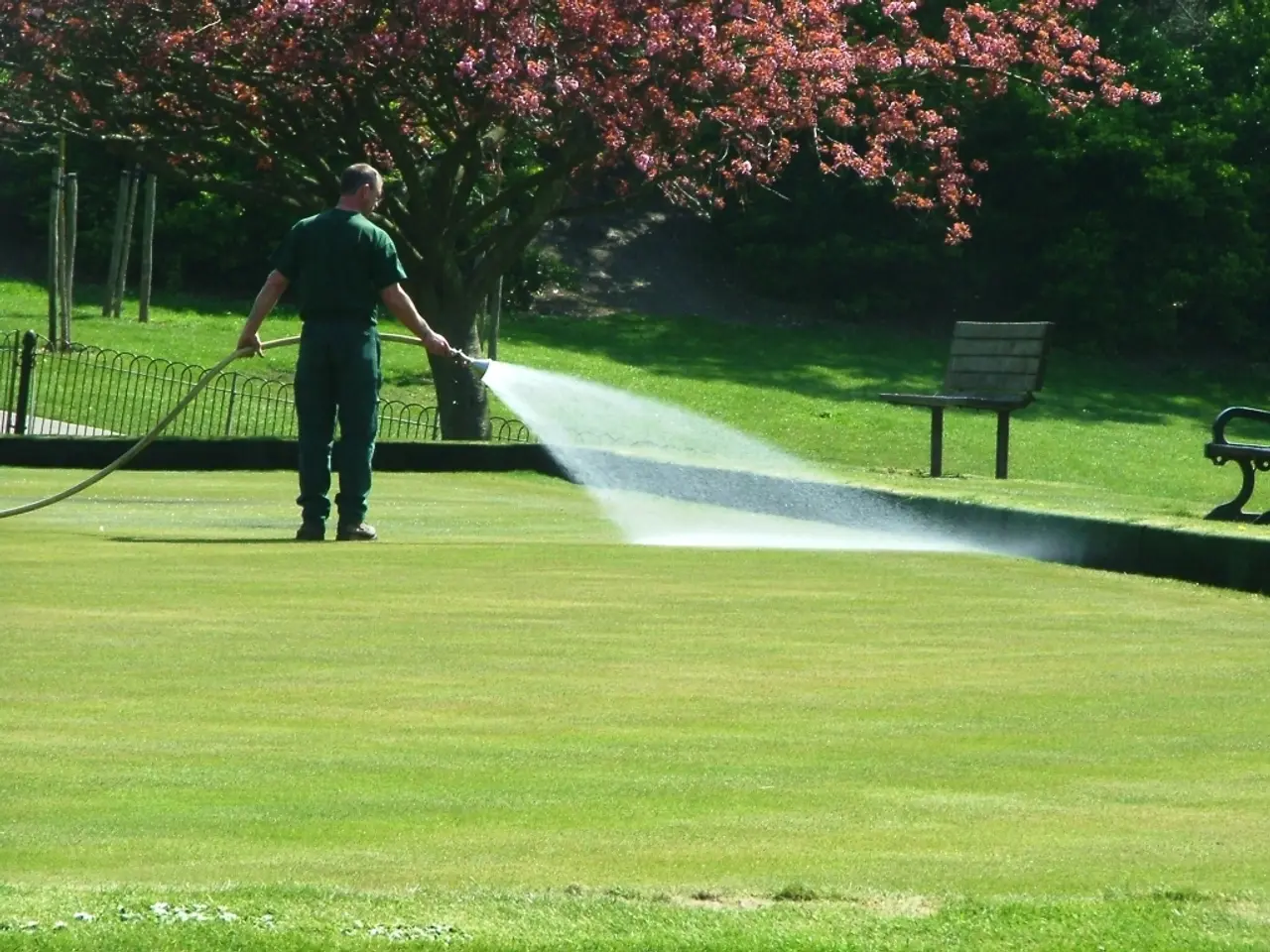Employ Drip Irrigation in Elevated Planting Beds for Efficient Gardening with Minimal Water Usage
In the quest for efficient and eco-friendly gardening, drip irrigation systems have emerged as a popular choice for watering raised beds. By delivering water directly to the soil near plant roots, these systems minimise water splashing on foliage and reduce evaporation loss.
Choosing the Right System
Selecting the ideal drip irrigation system for your raised beds is crucial. Opt for a low-pressure system designed to target the soil near plant roots. Key components to include are the main supply tubing, drip tape or emitter tubing, barbed connectors, pressure regulator, filter, and a timer.
Consider factors such as ease of installation and maintenance, cost, and irrigation needs of your plants. For instance, a flexible T-tape system or a rigid drip system might be more suitable depending on your specific requirements.
Installing the System
Once you've chosen your system, it's time to install. Lay out the main supply tubing along one side of each raised bed, cut to fit. Use a punch tool to create holes in the main tubing where drip lines will branch off. Insert barbed adapters into the holes and connect the drip tape or emitter tubing, ensuring emitters face upward for direct soil watering.
Secure tubing with landscape staples or garden pins to keep it flat and stable inside the bed. Connect main tubing to your water supply, and use a timer and pressure regulator to automate and maintain proper watering cycles.
Test the system thoroughly for leaks and even water distribution. Cover tubing lightly with mulch or soil to reduce evaporation and protect it from sun damage. Adjust watering frequency based on plant needs and weather, usually more frequent, shorter sessions for raised beds.
Winterizing the System
Winterizing your drip irrigation system is essential to prevent freeze damage during cold winters. To winterize, shut off the water supply and turn off the timer. Drain water from the tubing completely. Unlike sprinkler systems, drip irrigation systems operate at low pressure and usually cannot be blown out with compressed air.
Open end caps or manifold ends to allow water to drain out. Tubing being open-ended accommodates any freezing expansion without damage. Remove or insulate any above-ground irrigation components if exposed. Remove batteries from controllers if applicable and store indoors. Cover or protect valves and connectors from freezing temperatures.
If unsure about winterizing safely, consider hiring a professional. By following these steps, you can ensure a well-functioning drip irrigation system that conserves water, promotes healthy growth in raised beds, and survives winter conditions without damage.
[1] Guide to Drip Irrigation for Raised Beds (2025) [2] Installing Drip Irrigation in Raised Beds (2025) [3] Winterizing Drip Irrigation Systems (2025) [4] Professional Guide to Winterizing Drip Irrigation Systems (2025) [5] The Ultimate Drip Irrigation System for Raised Beds (2025)
Incorporating a drip irrigation system into your home-and-garden lifestyle can greatly improve the watering efficiency of your raised beds, enhancing the lifestyle and growth of your plants. To create an eco-friendly garden and maintain a thriving home-and-garden environment, consider embracing gardening practices like drip irrigation, which minimises water waste and reduces evaporation compared to traditional watering methods.




